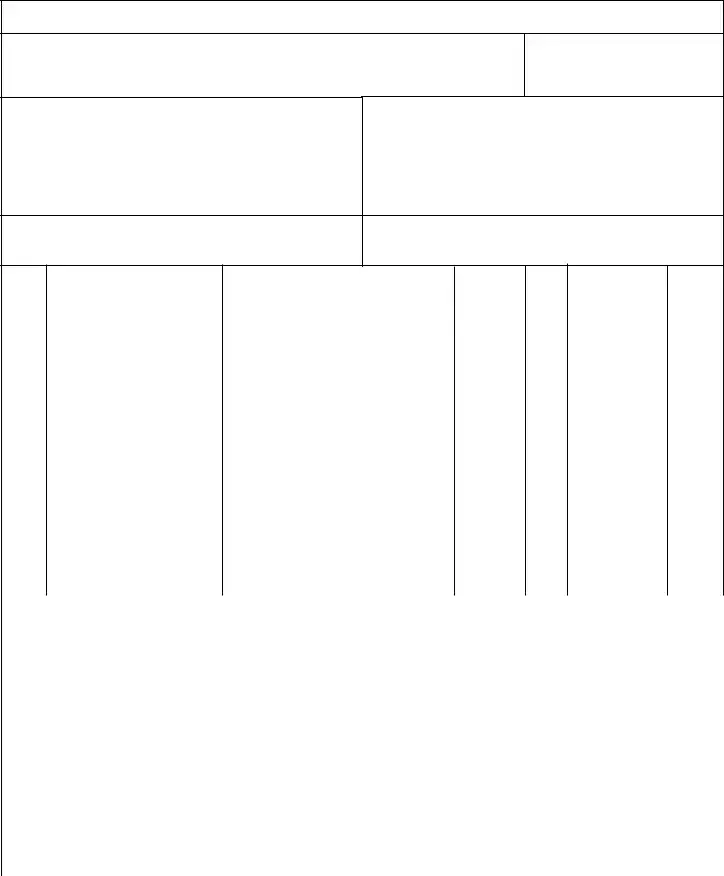In the aviation industry, trust and verification are paramount for the safety and efficiency of operations. The ATA 106 form plays a crucial role in this environment, acting as a certification document that confirms the authenticity and condition of aircraft parts and materials. Drafted to meet the specifications set by the Air Transport Association, the form serves as a bridge of trust between sellers and buyers in the complex ecosystem of aviation parts procurement. It documents essential details such as the seller's information, item description, manufacturer details, quantity, and certification by the last certificated agency. This form ensures that parts sold have met the rigorous standards required by the Federal Aviation Administration (FAA) or have been manufactured according to recognized industry commercial standards. The ATA 106 also includes sections that differentiate between new parts/materials and items that are used, repaired, or overhauled, with mandatory signatures from both parties, attesting to the accuracy and completeness of the information provided. By doing so, it not only upholds the integrity of transactions within the aviation sector but also helps in maintaining the safety standards by ensuring all parts and materials used are properly certified and traced back to their source. Furthermore, the form includes legal reminders about the potential consequences of providing false information, highlighting the seriousness with which these certifications are treated in the context of aviation safety and compliance.

